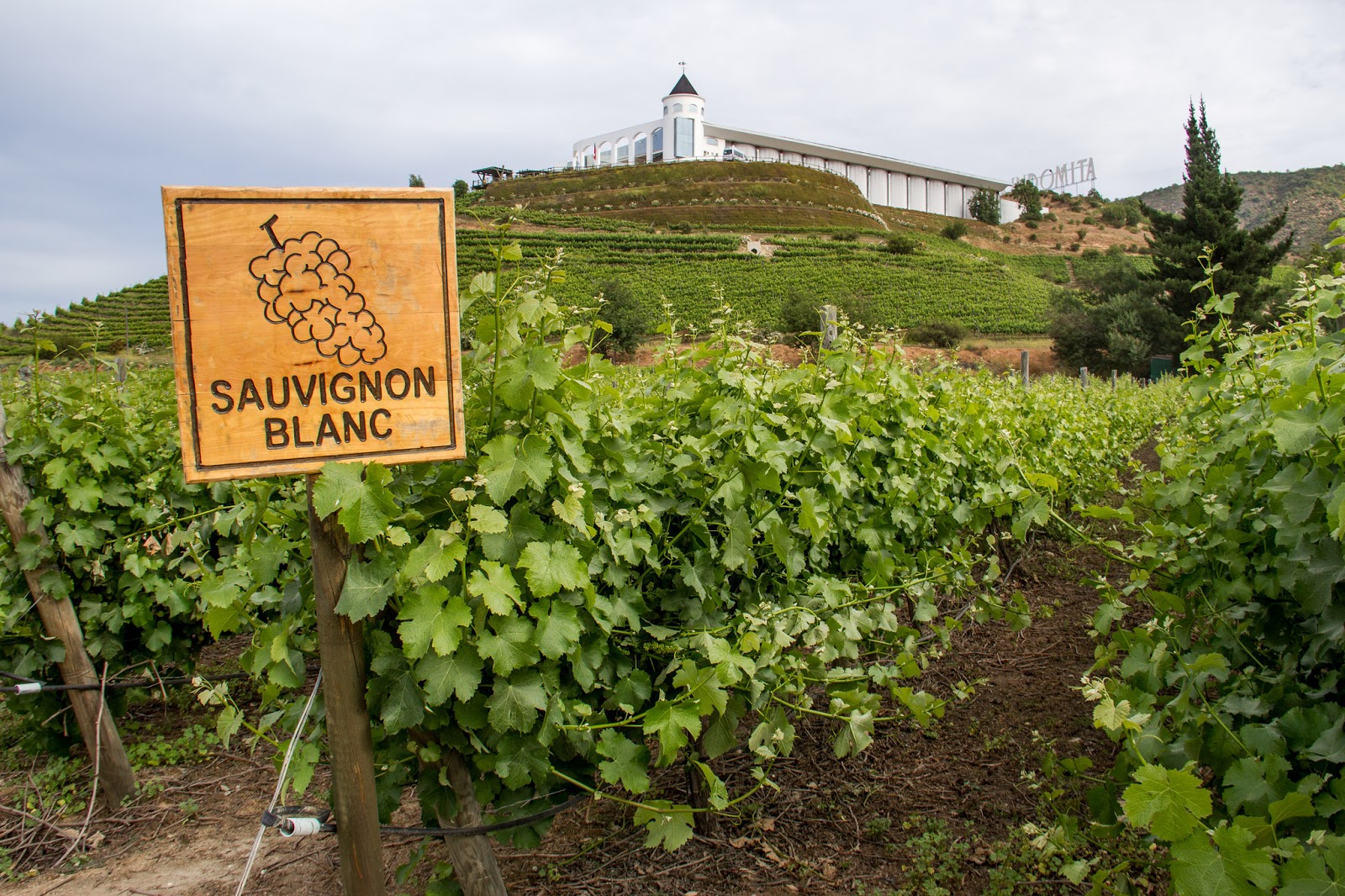In this age-old, unsettled debate of Old World versus New World wines, one argument that can’t be challenged is the New World’s proficiency in making neat varietal wines. Be it the Chilean Merlots, Napa’s Cabernet Sauvignons, Argentine Malbecs, or Aussie Shiraz, they have carved their own identities on the global wine scene. And one strong brand from this smorgasbord is New Zealand Sauvignon Blanc. Its clean green image of madly pure and pronounced flavours, bracing acidity, youthful vivacity, and ethereal spirit has captured even the seasoned drinkers. For a ‘love-it-or-leave-it’ varietal that is loathed for its jacketed unilateral profile of unmistakably identifiable under-ripe flavours of capsicum, cut-grass, eucalyptus, and gooseberry, its admirers understand that it demands a craftsman to extract more and break through this mould to develop an avatar any different from the make-it-drink-it class. And New Zealand is a library of these case-studies, with its epicentre at the Southern Island’s north eastern tip Marlborough.
New Zealand is a long country hosting varied climates, sub-tropical north and frost-bitten south, and exceptionally nutrient-rich soils, where wine growing was a challenging activity to succeed at. Not to forget the heavy beer influence, prevailing even today, and British 6PM alcohol sales cut-off of at public bars having their own impacts to grow out of. No real attention was given to winemaking, and no real success was achieved untill the 1970s. It was a challenge to identify an area’s potential, let along matching it with its right contender. Soil and planting research is only a recent phenomenon. Northern Island, thanks to heavy British and European influence, was widely and unintelligently planted with Burgundy and Bordeaux varietals to suit its takers. However, the much cooler Southern Island was a goldmine yet to be explored. The cool, windy, cloud-covered yet sunny lands of Marlborough was exactly what Sauvignon Blanc was seeking, and in this plant-to-fashion stuck nation it was a timely discovery.
Sauvignon Blanc arrived at Marlborough in 1973. Pernod Ricard’s globally-known brand Montana, now renamed as Brancott Estate, and Aussie Cape Mentelle’s 1985 introduction of Cloudy Bay (now under LVMH’s offering) can easily be crowned as its two early faces. They set the pace to harvest, crush, and make wines on the island. Grape-growers till then exported their crops to the Northern Island to feed the bulk producers, further stripping the area’s beautiful fruit from its glory. Soon, it took its usual turn, new investments rushed in, brands grew, and growers turned into boutique producers. And now, for a country that grows less than 1% of the world’s vines, it has 60% of country’s vineyards located here, yielding 90% of all New Zealand harvest.
Within Marlborough, best wines hail from the stoney free-draining soils of Wairau, Waihopai, and Aware Valleys. Long days, cold nights, bright sunshine, and dryish autumns contribute towards nourishing Sauvignon Blancs to their utmost. Crops from richer soils deliver richer fruit, resulting in commendably concentrated wines. Usually, what we drink as Marlborough Sauvignon Blanc are blended wines, of fruits from different soils, altitudes, and locations. This keeps away from the monotony in produce as well as works as insurance for growers in this fragile natural environment that’s always at the threat of frost and fungal infection, especially powdery mildew. Now, with proper soil research, clonal selection, world-class canopy management studies, and better trellising techniques, single-vineyard Sauvignon Blancs have become the emerging trend. The wine industry has a lot to thank to the local dairy industry for their contribution in setting the best hygiene practices in place. These protocols have lead to growing use of stainless steel tanks, for better temperature control and accentuating varietal characters by leaving out oak and malolactic fermentation.
Till the turn of the century, local producers were obsessed with corks. Not just the prized labels, even the two-buck-chucks. In 2001, The Screwcap Initiative was introduced, which today see 99% of New Zealand’s produce bottled under screwcap. This has aided the country in its wines’ brand image too. Screwcaps signifies a chic, simple, uncomplicated, and approachable product and urges for its youthful indulgence. This is exactly what New Zealand Sauvignon Blancs were produced for and positioned as. Not only did it encourage country’s wine image, it of course brought an added push especially to Sauvignon Blanc, which captures 70% of all New Zealand wine exports.
Loire Valley’s Sancerre and Austria’s Styrian classy, complex, terrior-driven Sauvignon Blancs have for long dominated the Old World template. And the New World’s varietal-oriented, fresh, neat, in-your-face New Zealand Sauvignon Blancs have now become a much revered addition to the list of prominent Sauvignon Blanc templates to draw inspirations for any winemaker across the globe. These gutsy, outspoken, glistening, bright wines from the most secluded country on the map have not remained secluded from the palates of wine drinkers anywhere. Though it arrived late on the scenes of legendary wines, nonetheless, its quick-success has poised it an indispensable part of any good wine worldwide. Its closest neighbour, Australia, also swears by its promise of vibrant textbook attributes, putting their own proud produce second. This insatiable product is only set to rise further, and vigorously, and not only in quantities, but also in style and appeal, opening an unprecedented chapter in Sauvignon Blanc’s biography.
First published in Sommelier India Wine Magazine in April, 2018

